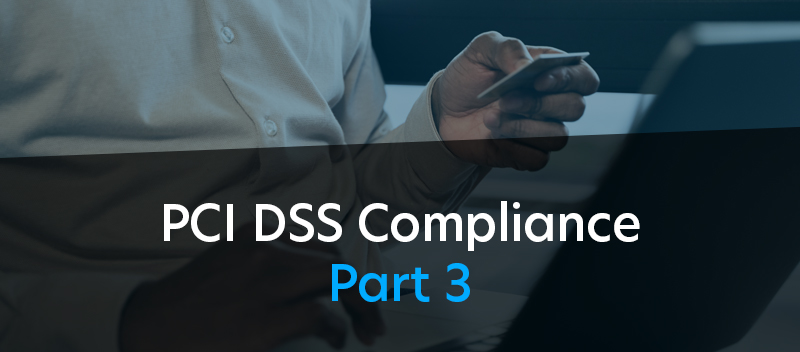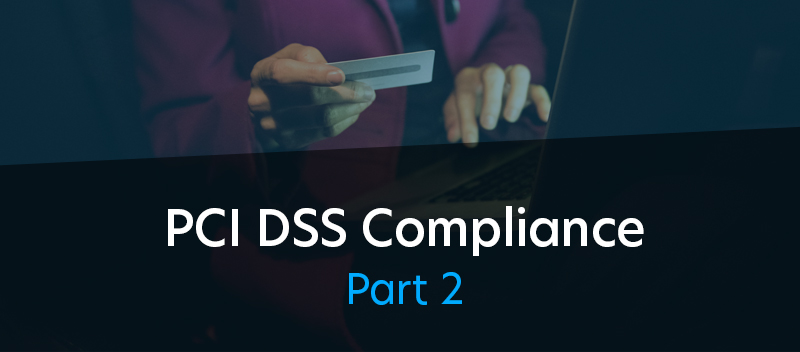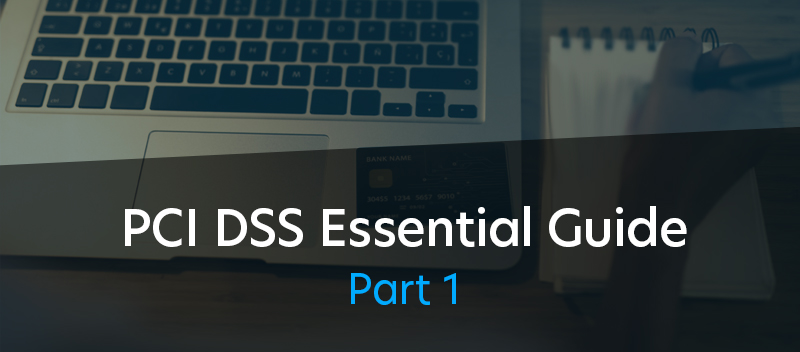Blog CSIRT Cyber Security: How to Build an Incident Response Team
CSIRT Cyber Security: How to Build an Incident Response Team

Network systems and data security are crucial for businesses of any size. While deploying firewalls and other protective measures is a standard practice to shield critical assets from cyber threats, these steps alone are insufficient.
Equally important is establishing a robust Computer Security Incident Response Team (CSIRT) to address and mitigate any swiftly occurring security breaches. Failure to promptly manage such incidents can lead to irreversible damage to your data’s confidentiality, potentially incurring significant financial loss, resource depletion, and damage to your reputation.
To avert such outcomes, organizations must proactively set up a comprehensive incident response (IR) mechanism, central to which is forming a dedicated incident response team. Keep reading to learn more.
Formulating the Framework
Development of an Incident Response Plan
This plan should serve as a clear guide for the response team, aiding in the rapid identification of the affected systems or data. A precise understanding of an attack’s specifics—the who, what, where, when, and why—is crucial for effective mitigation.
Prioritization and Metrics
Your IR plan should include a prioritization system to effectively manage response efforts during an ongoing threat, alongside metrics for analyzing the root cause, type, and severity of incidents. This analysis is key to preventing future breaches.
Alignment with Organizational Goals
Ensure your IR plan aligns with your organization’s overall mission, equipping all teams with the necessary resources to respond adeptly to cybersecurity emergencies.
For more about our cybersecurity and compliance services, Click Here
Assembling Your Incident Response Team
Your incident response team forms a cohesive unit of stakeholders and resources poised to swiftly and efficiently tackle security incidents. The team’s composition typically includes:
Incident Response Manager
The team’s linchpin is responsible for managing the entire lifecycle of a cybersecurity incident, from detection to resolution. They ensure that all team actions are prioritized and coordinated effectively.
Security Analysts
These individuals analyze the full scope of the security breach. They report to the incident response manager and are categorized into:
- Triage analysts who monitor systems for intrusions and filter out false alarms.
- Forensic analysts step in post-breach to conduct thorough investigations while preserving the integrity of evidence.
- Threat researchers stay informed about potential internal and external security threats, providing crucial intelligence for the team’s strategy.
Beyond these core roles, involvement from management, human resources, risk management, legal counsel, and public relations personnel is also critical, each playing a vital role in the broader incident response effort.
Expanding Incident Response Capabilities
Here are different ways on how to expand your organization’s incident response capabilities:
Incident Response Team Training
Regular, comprehensive training ensures team members are equipped with the latest skills and knowledge to tackle emerging cyber threats effectively.
Incident Response Metrics and Reporting
Establishing clear metrics and reporting guidelines is key for assessing the effectiveness of your response efforts and making data-driven improvements.
Incident Response Collaboration
Engaging in partnerships with external agencies fosters a culture of information sharing and threat intelligence, optimizing your response to cyber incidents. Adhering to industry regulations like HIPAA or PCI DSS further strengthens your cybersecurity posture.
Incident Response Automation and Orchestration
Incident response automation and orchestration strategies form a formidable frontline defense, enhancing an organization’s cyber resilience.
— Benefits of Automation
Automating certain aspects of the incident response process can significantly enhance efficiency and accuracy, reducing the time to respond to breaches.
— Playbooks and Runbooks
These tools provide structured, predefined responses to common types of security incidents, ensuring consistency and reliability in your team’s response.
— SOAR Solutions
Security Orchestration, Automation, and Response (SOAR) technologies streamline the management of incident response processes, enabling faster and more coordinated reactions to threats.
Incident Response for Cloud and Remote Environments
The shift from traditional on-premises networks to cloud-based and remote setups introduces a new array of cybersecurity challenges and demands innovative incident response approaches.
Challenges:
- Visibility and Control: One of the primary challenges in cloud and remote environments is the reduced visibility and control over network traffic and user activities. This can make it difficult to detect and respond to incidents promptly.
- Complexity of Cloud Infrastructure: The multi-layered nature of cloud infrastructure can complicate the incident response process, with different service models (IaaS, PaaS, SaaS) requiring different approaches.
- Shared Security Responsibility: The shared responsibility model of cloud services means that both the cloud provider and the organization have roles in securing the environment, which can sometimes lead to ambiguities in responsibility during an incident response.
Best Practices:
- Comprehensive Monitoring: To enhance visibility, implement continuous monitoring of network traffic and user behavior across all cloud services and remote endpoints.
- Tailored Incident Response Plans: Develop incident response plans specifically designed for cloud and remote environments, addressing their unique challenges.
- Regular Training and Simulations: Conduct training sessions on cloud security best practices for your team and organize simulation exercises to prepare them for potential incidents.
- Implement Strong Access Controls: Use robust authentication methods and enforce strict access controls to minimize the risk of unauthorized access to cloud resources and remote systems.
- BYOD and Remote Work Policies: Clearly define bring-your-own-device (BYOD) and remote work policies to ensure that employees know security best practices and the procedures to follow in case of a security incident.
Elevating Your CSIRT with TrustNet
Integrating TrustNet’s array of cybersecurity services can significantly enhance your defensive posture and help craft a CSIRT that is resilient against evolving cyber threats:
Penetration Testing and Risk Assessments: Discover vulnerabilities before they become exploits. TrustNet’s thorough penetration testing and risk assessments provide a clear picture of your security landscape, allowing your CSIRT to prioritize and mitigate risks effectively.
Managed Security Services: TrustNet’s Managed Security Package is a comprehensive suite designed to fortify your security perimeter. This includes:
-
- Security Monitoring: Continuous observation of your network activities to detect and respond to threats in real-time.
- Advanced Threat Management: Proactively identifying and managing sophisticated cyber threats with cutting-edge solutions.
- Network Security: Safeguarding the integrity of your network through robust protection against unauthorized access and cyber-attacks.
- Vulnerability Management: Regularly scanning and rectifying security weaknesses to ensure your defenses remain impenetrable.
- Cloud and Multi-Cloud Security: Protecting your cloud environments with tailored security strategies that address the unique challenges of cloud infrastructure.
Security Awareness Training Programs: Empowering your team with the knowledge to recognize and neutralize threats. TrustNet’s training programs transform your staff into an active line of defense against cyber attacks.
Compliance Management: Navigating the complex landscape of compliance with regulations such as SOC, PCI DSS, HIPAA, GDPR, CCPA, ISO 27001, and more, ensuring your organization meets regulatory standards.
Industry-Specific Tailored Services: Recognizing that each industry faces unique challenges, TrustNet offers customized solutions that cater specifically to the needs of your sector, ensuring optimal protection against targeted threats.
Unrivaled Expert Support: A commitment to unparalleled expert support is at the heart of TrustNet’s offerings. From the initial design of your CSIRT to ongoing incident management, TrustNet stands as a steadfast ally, offering guidance and expertise.
Ultimately, TrustNet’s services in your CSIRT strategy boost your immediate response capabilities and cultivate a proactive security culture.
Elevate your CSIRT’s effectiveness with TrustNet. Talk to an Expert today.




